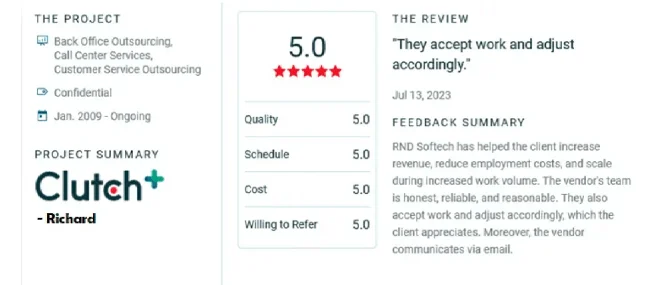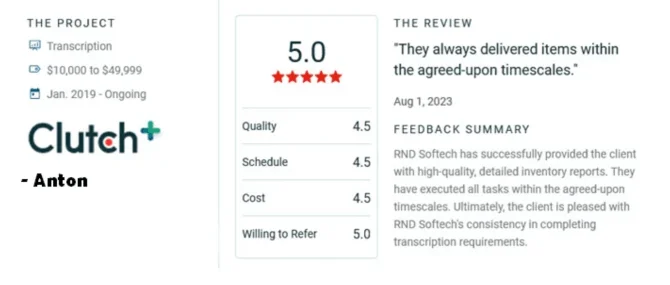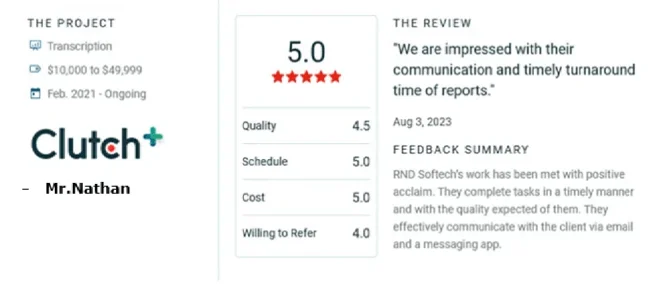Understanding Revenue Cycle Management in Value-Based Care
Revenue cycle management encompasses all administrative and clinical functions involved in capturing, managing, and collecting revenue from patient services. Under value-based care, providers are reimbursed based on patient health outcomes rather than service volume. This model requires a more sophisticated RCM process that aligns financial goals with patient care quality.
Key Challenges in Value-Based RCM
-
Complex payment models: Value-based care introduces diverse reimbursement models, including bundled payments and shared savings programs, complicating billing processes.
-
Data integration and interoperability: Managing data from multiple sources and ensuring seamless communication across systems can be challenging.
-
Compliance and regulatory requirements: Navigating ever-changing regulations requires continuous updates to billing and coding processes.
-
Patient financial responsibility:As patient out-of-pocket costs increase, collecting payments while maintaining patient satisfaction becomes essential.
Strategies for Optimizing RCM
Invest in advanced technology:
- Implement RCM software with automated billing, claims management, and predictive analytics.
- Use data analytics tools to monitor financial performance and identify trends.
Enhance data integration:
- Ensure interoperability across electronic health records (EHR), practice management, and billing systems.
- Leverage health information exchanges (HIEs) for comprehensive patient data access.
Strengthen patient engagement:
- Offer transparent billing and price estimates upfront.
- Provide multiple payment options, including online portals and installment plans.
Optimize denial management:
- Establish a proactive claims denial management process.
- Conduct regular audits and staff training on coding and documentation.
Focus on staff training and development:
- Train staff on value-based payment models, coding updates, and customer service.
- Foster a culture of continuous learning and process improvement.
Measuring Success in Value-Based RCM
Key performance indicators (KPIs) such as clean claims rate, days in accounts receivable, denial rates, and patient satisfaction scores can gauge RCM effectiveness. Regularly tracking and analyzing these metrics enables healthcare organizations to make data-driven decisions.
Conclusion
Optimizing revenue cycle management is essential for success in value-based care. By adopting advanced technologies, enhancing data integration, and focusing on patient engagement, healthcare providers can align financial performance with improved patient outcomes. A well-managed RCM process not only ensures sustainability but also supports the broader goals of value-based care: better health outcomes, lower costs, and increased patient satisfaction.














